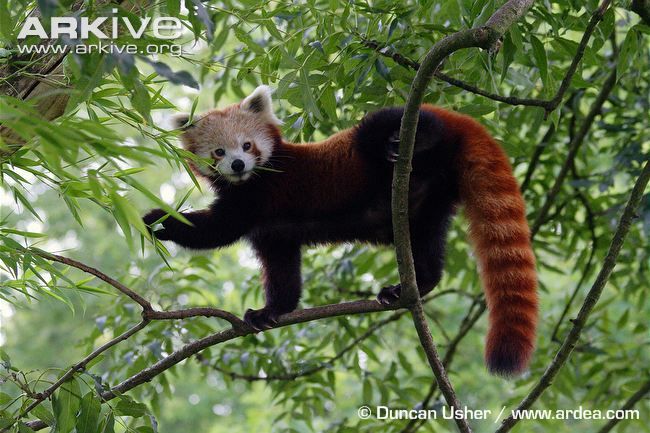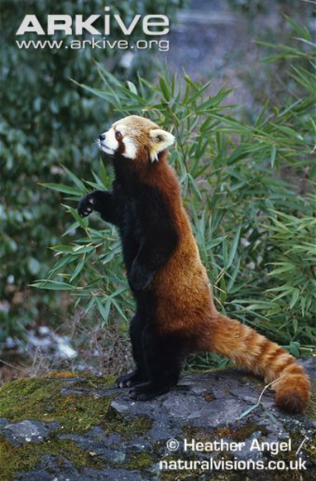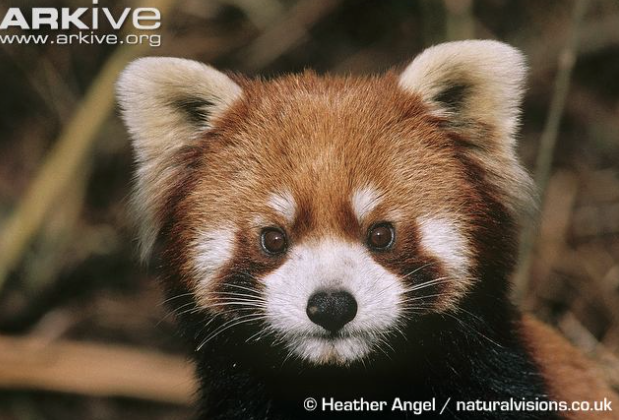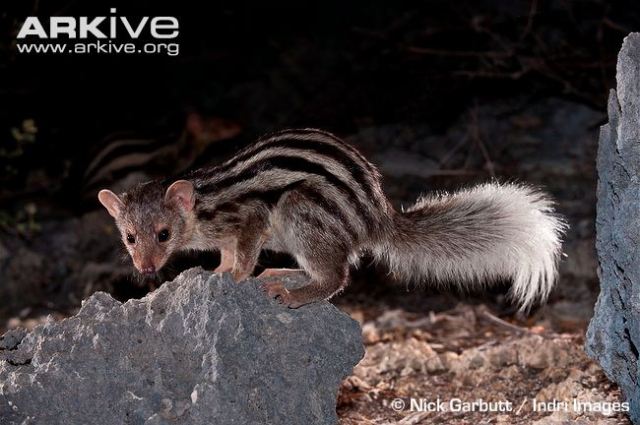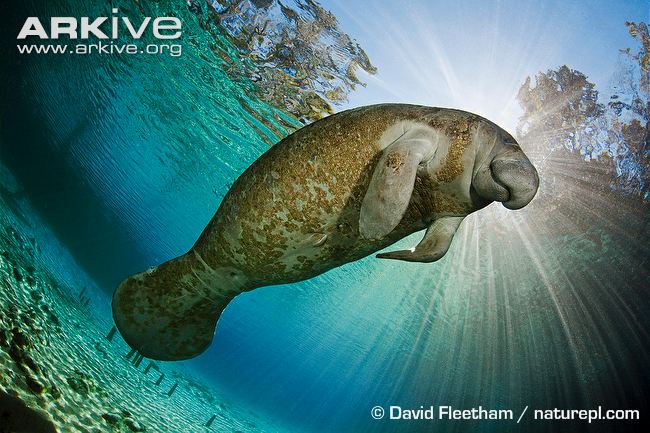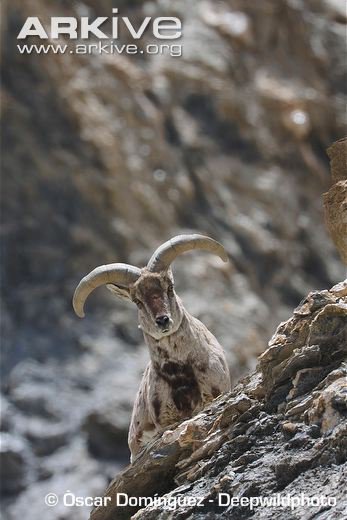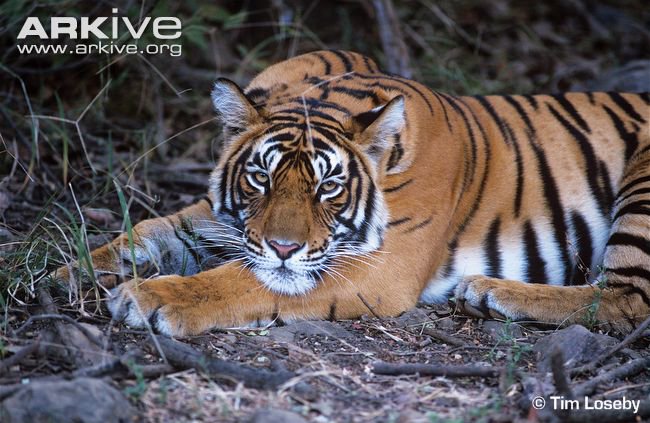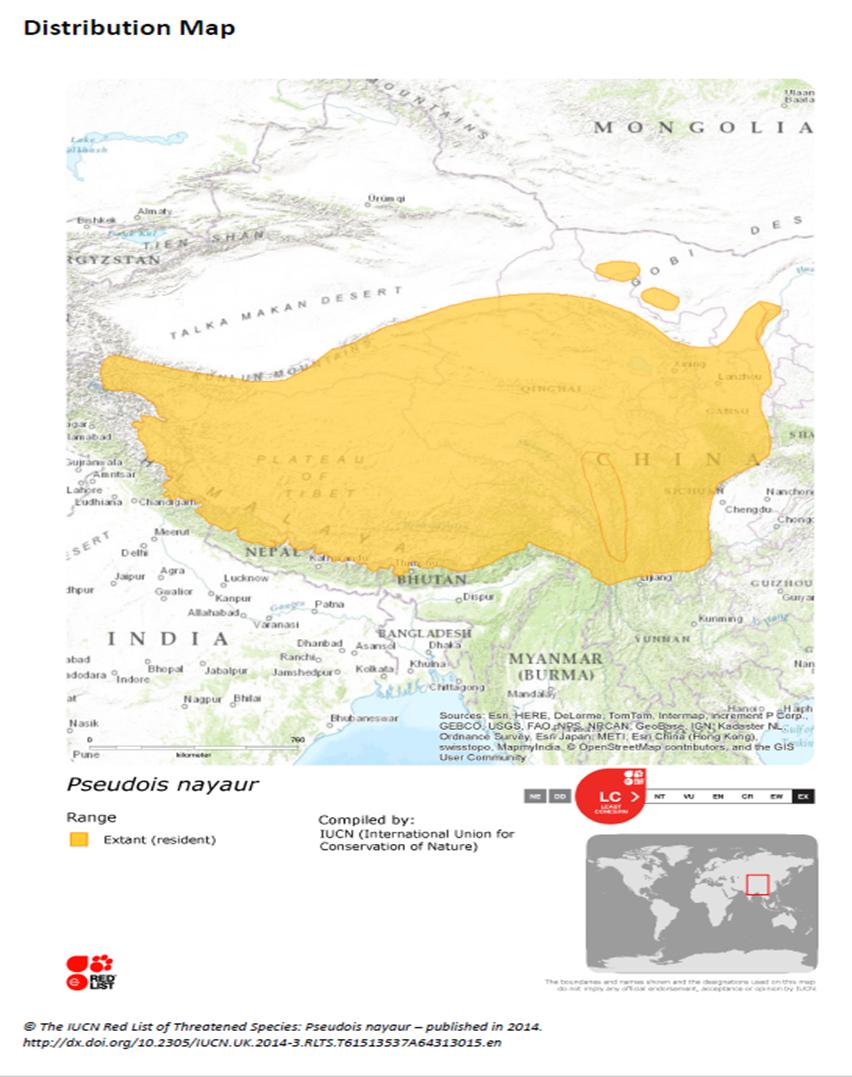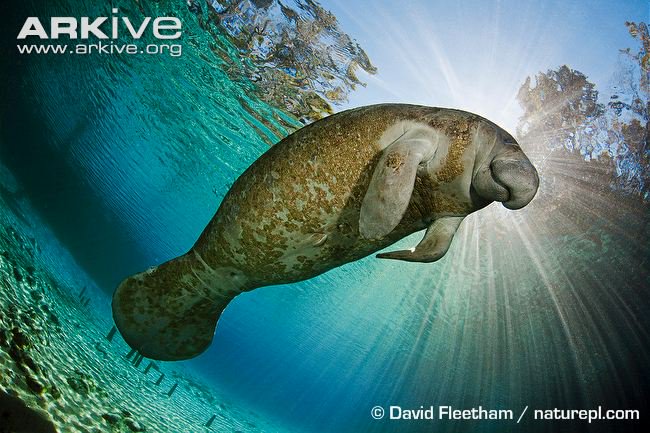
TONIGHT'S BATTLE: Hopi Chipmunk vs. Southern Red-backed Vole #2021MMM
This year, the wild card bout pits two pint-sized but fierce rodents against each other #TeamRodent #2021MMM
So everyone is asking the same question... WHO WILL @MC_Marmot CHEER FOR?!? #TeamSquirrel #TeamVole #2021MMM
The ginger winner of tonight's wild card battle will go on to face the Red Kangaroo for the Red, in Fur Division... #2021MMM
Hopi chipmunk (Neotamias rufus) is a small (47-59g) ground squirrel that only lives in the western United States, mostly in Utah & Colorado (states I have recently called home!) #2021MMM 

Rufus is Latin for red or red-haired, which aptly describes the stripe running down the back of Hopi chipmunk as well as it's sides and feet (Burt & Best 1994) #2021MMM 

Hopi chipmunk has been referred to as rusty, orangish-red, pale bright-rufous, chestnut and even cinnamon in color (Burt & Best 1994) [Photo by @joelsartore] #RedInFur #TeamSquirrel #2021MMM 

Our second rodent warrior is Southern red-backed vole (Myodes gapperi), who tips the scales somewhere between 20-42g (Merritt 1981) #TeamVole #2021MMM 

Southern red-backed vole (SRB vole) has a distinct band running down its back, usually a brighter red, bright chestnut, rusty or even yellowish-brown color (Merritt 1981) [Photo © by madilynnehring @inaturalist] #RedInFur #2021MMM 

SRB voles are found coast-to-coast in Canada and along the Rocky & Appalachian mountain ranges in the United States, which happens to overlap with Hopi chipmunk #2021MMM 

Both rodents live in forests & rocky areas, but SRB vole prefers the coniferous and deciduous kind while Hopi chipmunk likes pinyon-juniper woodlands (Burt & Best 1994, Merritt 1981) #2021MMM tinyurl.com/4brdxp2p & tinyurl.com/4z7xftam
Since neither rodent has a seed or ranking, the location for tonight's wild card battle is determined by a coinflip... [gif of woman flipping a coin] #2021MMM
... and takes place along the North Inlet trail in @RockyNPS [Photo © copyrighted by @ErikThePhotog] #AdvantageTeamVole #2021MMM 
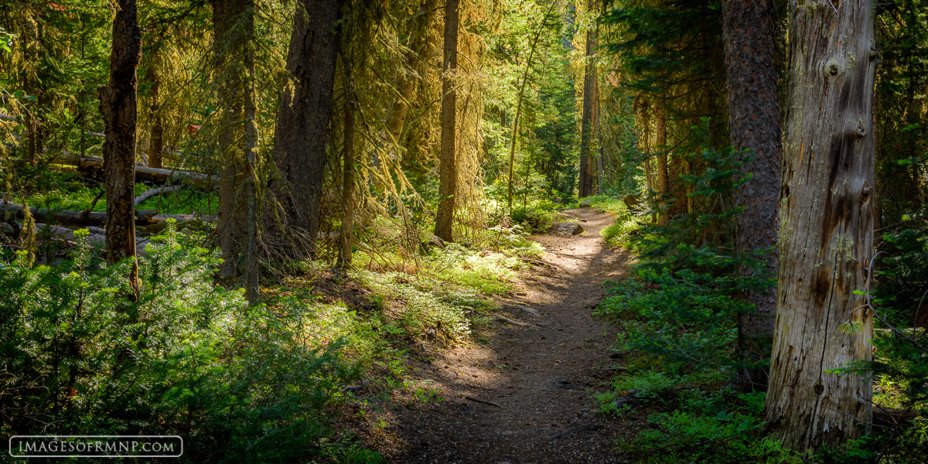
Even though this forest is more dark, cool & damp that Hopi chipmunk is used to, the chipmunk begins foraging for seeds on the forest floor #2021MMM
Suddenly the chipmunk becomes vigilant, standing frozen, only the chipmunk's eyes move rapidly to scan the scene... #IsItAWeasel #2021MMM
A foot away the SRB vole is partially raised up, into a crouching posture with one paw lifted, suggesting this encounter could escalate to aggression (Mihok 1981) [image created by @Mammals_Suck] #2021MMM tinyurl.com/27ekm245 

Chipmunk reorients toward the vole... #2021MMM
VOLE LEAP ATTACKS! (Mihok 1981) #2021MMM
During the breeding period (which is RIGHT NOW!), male voles can become more defensive of their home range, displacing other voles and rodents in woodland habitats (Merritt 1981) #MyHouse #2021MMM
The vole "raises into full-upright posture" and beats chipmunk's head "with both paws" #PawBeat (Mihok 1981) #MightyRodentFury #2021MMM 

Intruder chipmunk, without local residence or mates, is less motivated to return aggression with the slightly smaller but more determined vole (but if chipmunk were at home, see Yahner 1978) #2021MMM tinyurl.com/4xp299x5
With ample food and hidey holes elsewhere, Hopi chipmunk quickly retreats further into the forest as SRB vole briefly chases after #AndStayOut #2021MMM
• • •
Missing some Tweet in this thread? You can try to
force a refresh

